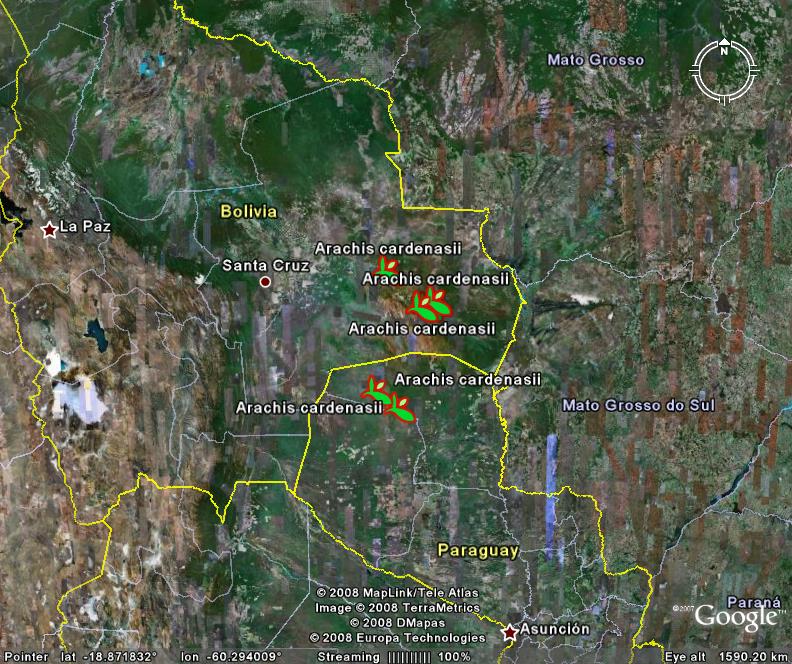After my intemperate comment about SINGER the other day, I’m very happy to pass on the news that the new SINGER website is now online at http://singer.cgiar.org. According to the announcement made by Bioversity International, the new SINGER has the following features:
- GIS maps using Google technology.
- Users are able to search accessions using Google Maps.
- Presentation of data in a cumulative format to help users do statistical analysis.
- Improved presentation of distribution data including across genus and species.
- Improved navigation and searching capabilities.
- Free text search.
- Links to the external databases hosted by partners to provide additional information about accessions. Example: IRRI. Click on the “IRRI Link†under links on this page to view the information.
- Users are able to view the available pedigree information on the site. Example: IRRI, WARDA, CIP. Please look for the “Pedigree†field under passport information.
- Users are able to view the availability of an accession before requesting germplasm. The “Availability†field has been added under passport information.
- Users are able to view if the accession has been placed under long term storage in Svalbard. The “Svalbard†field has been added. Example: WARDA. Please look for the “Safety-duplicate in Svalbard†field under passport information.
- Users are able to save the search history while they are navigating the site.
- Users are able to download data in the “xml†and “csv†formats.
- The shopping cart system has been incorporated – work is still in progress to incorporate the complete shopping cart for an ordering system.
